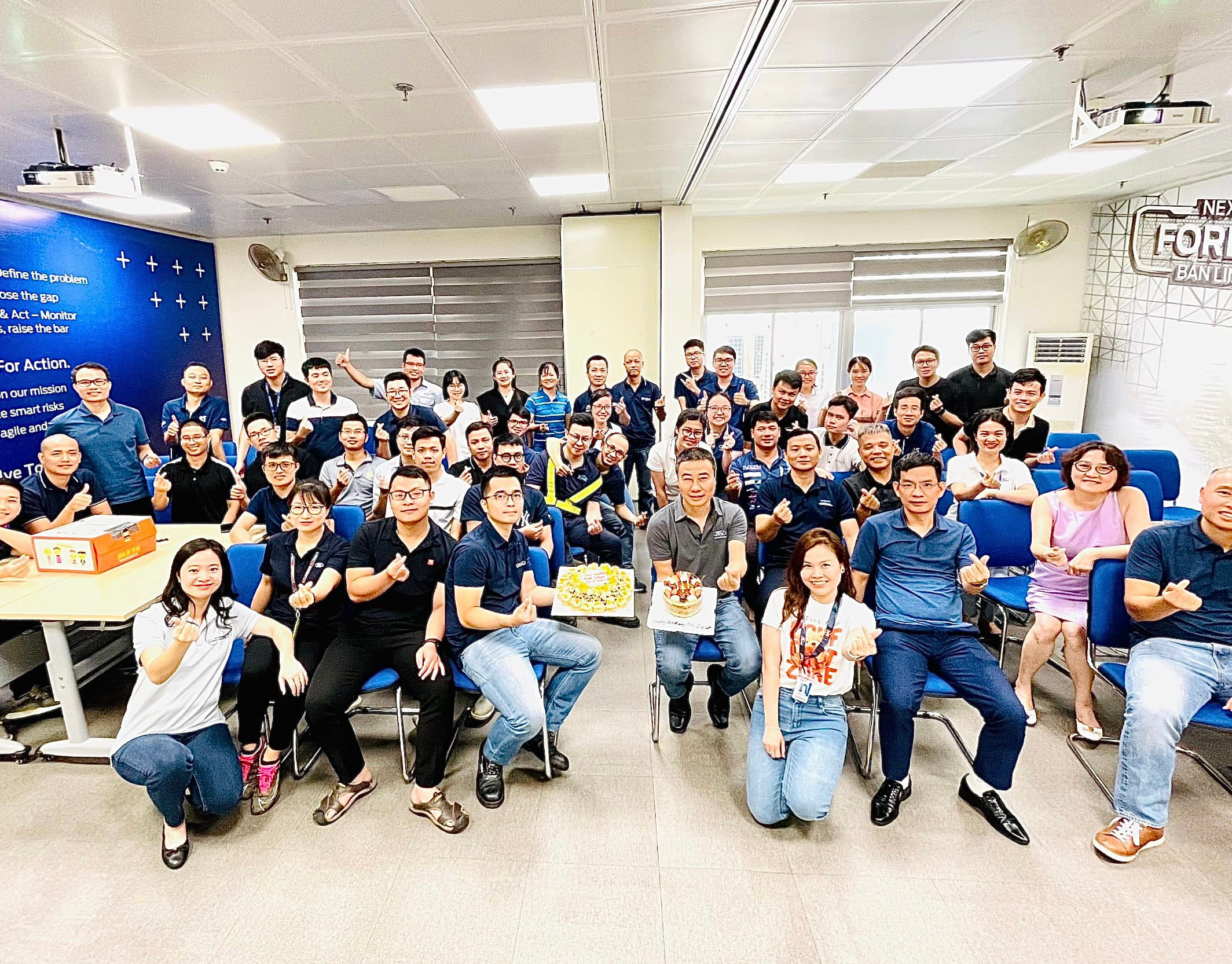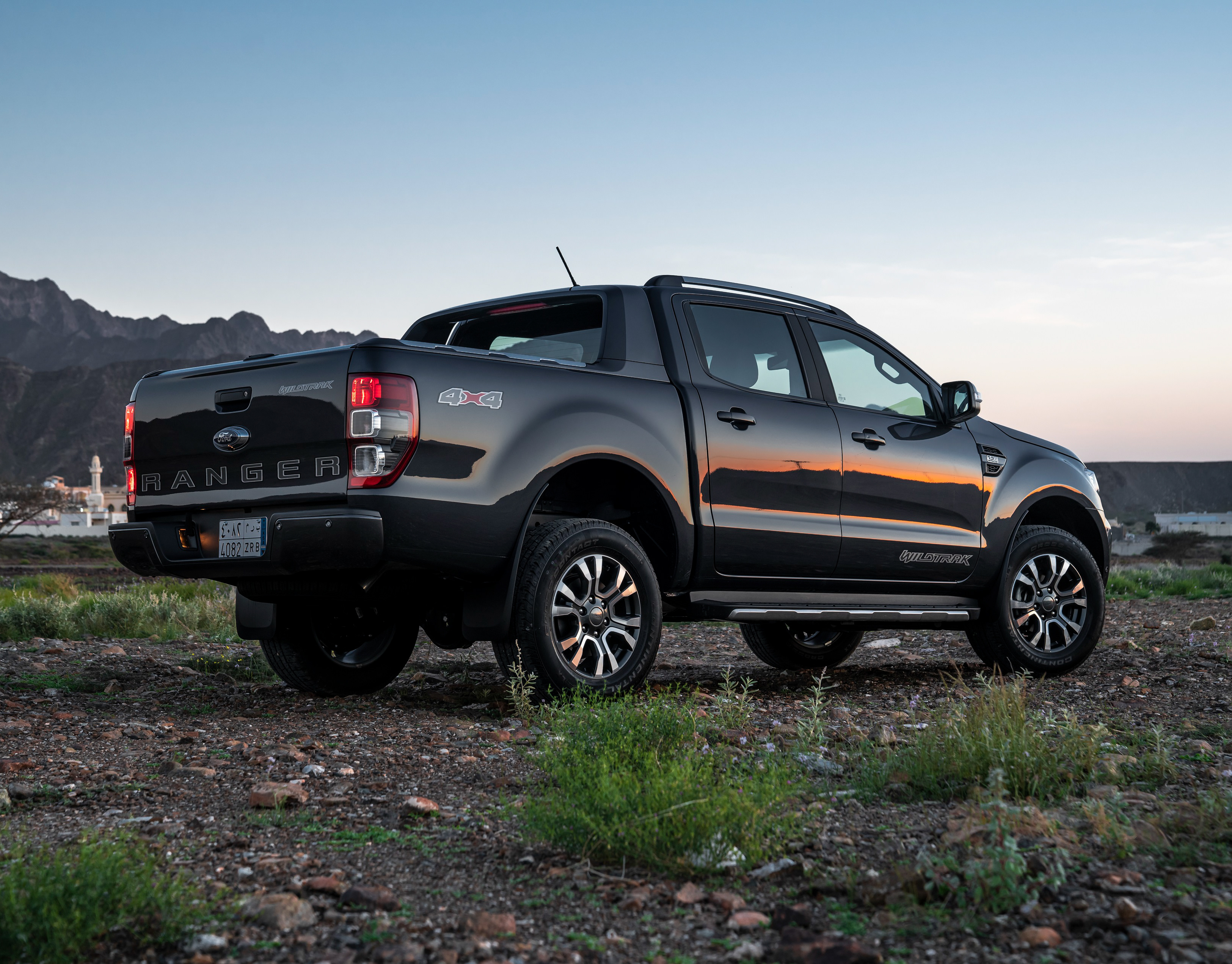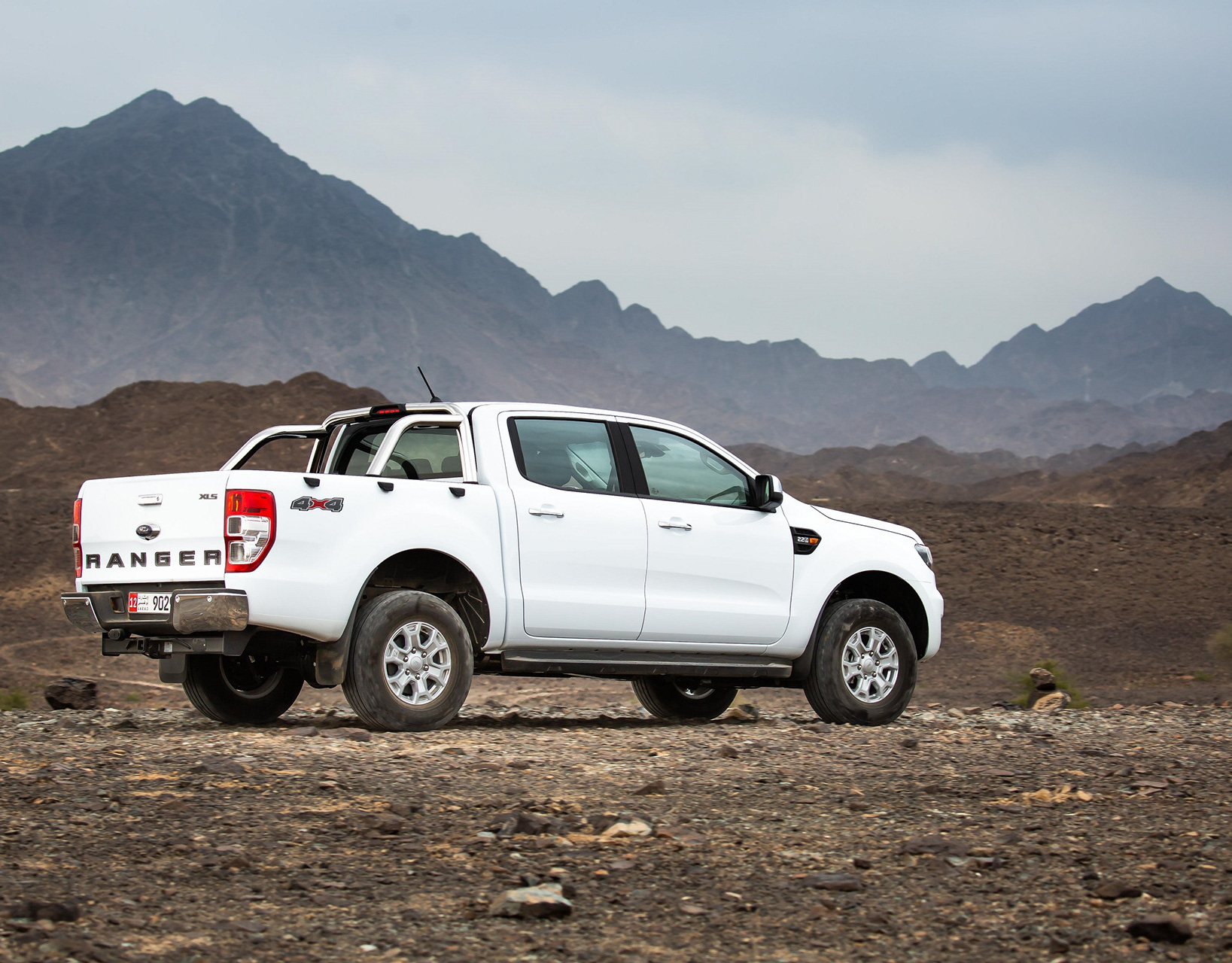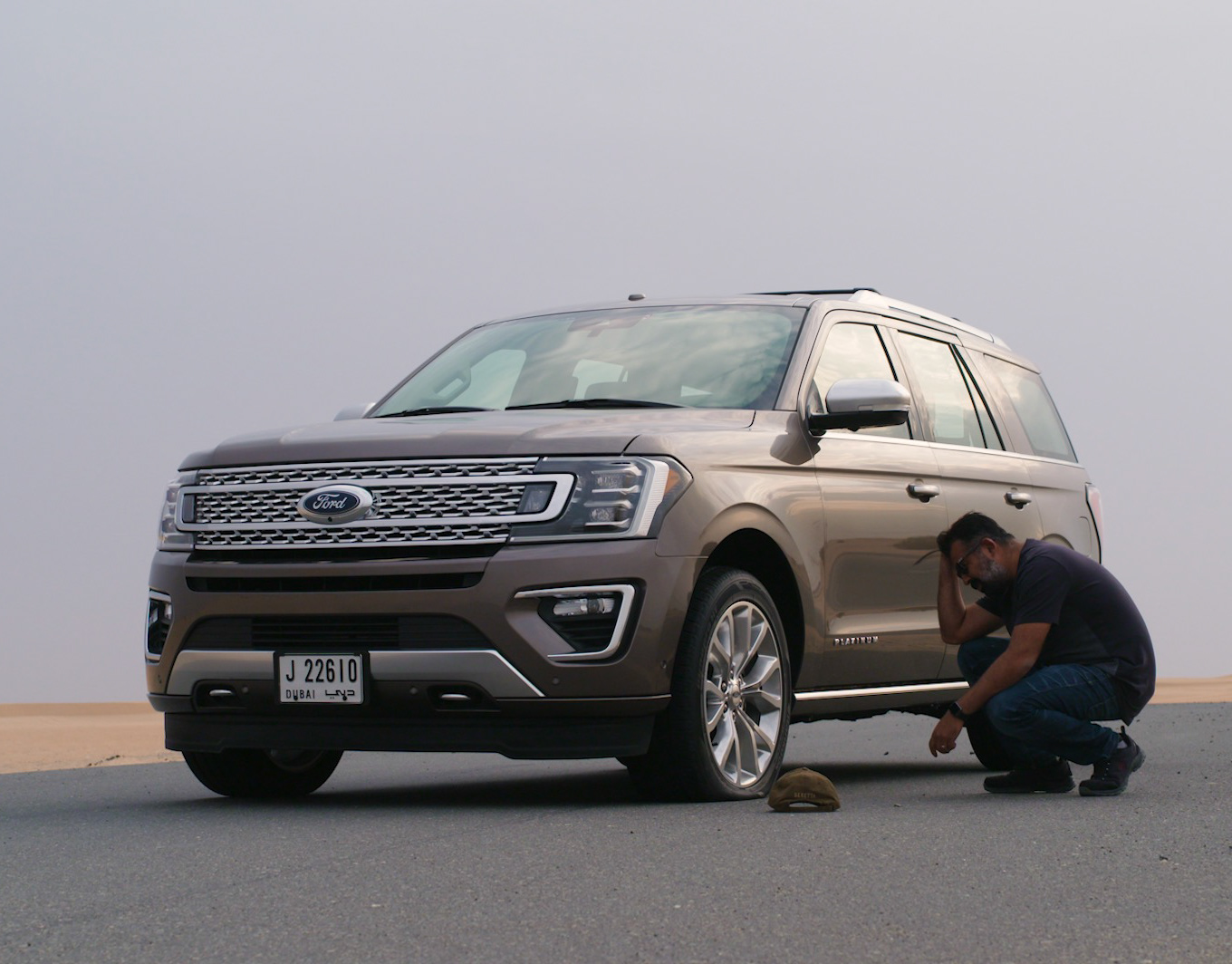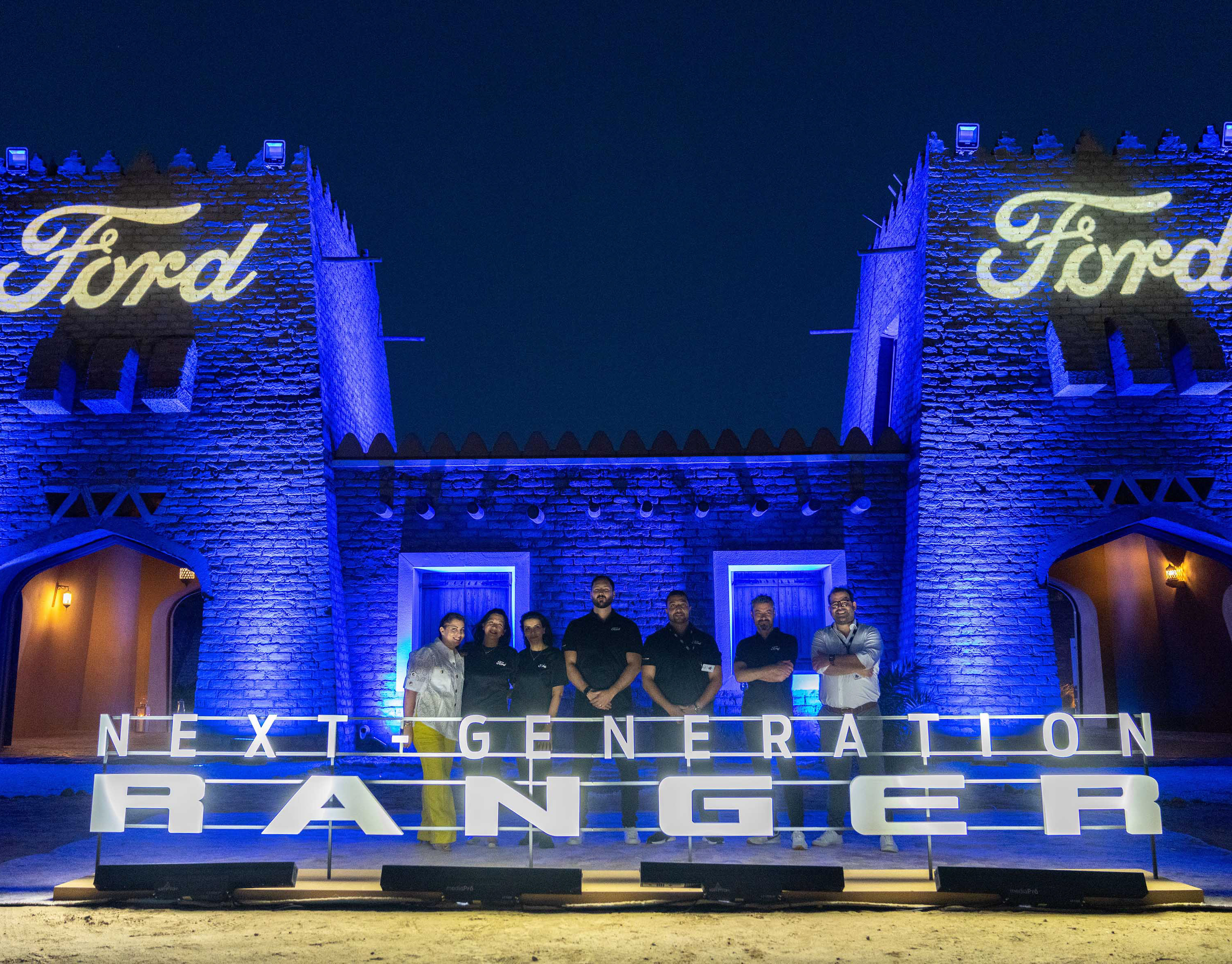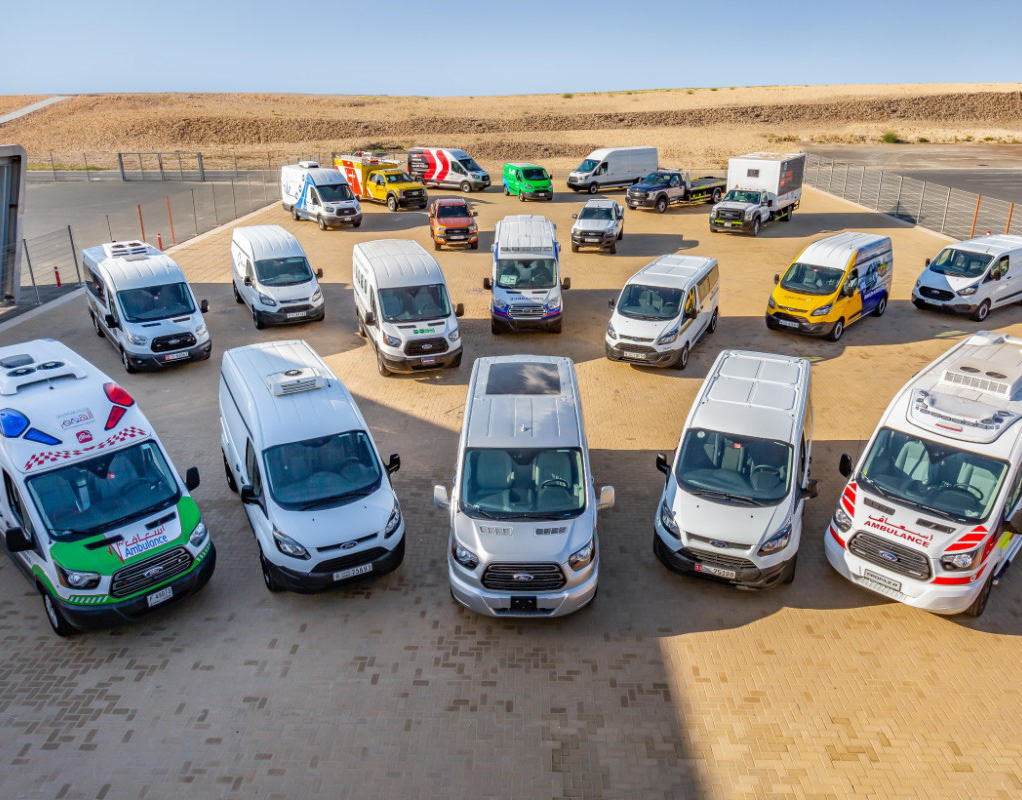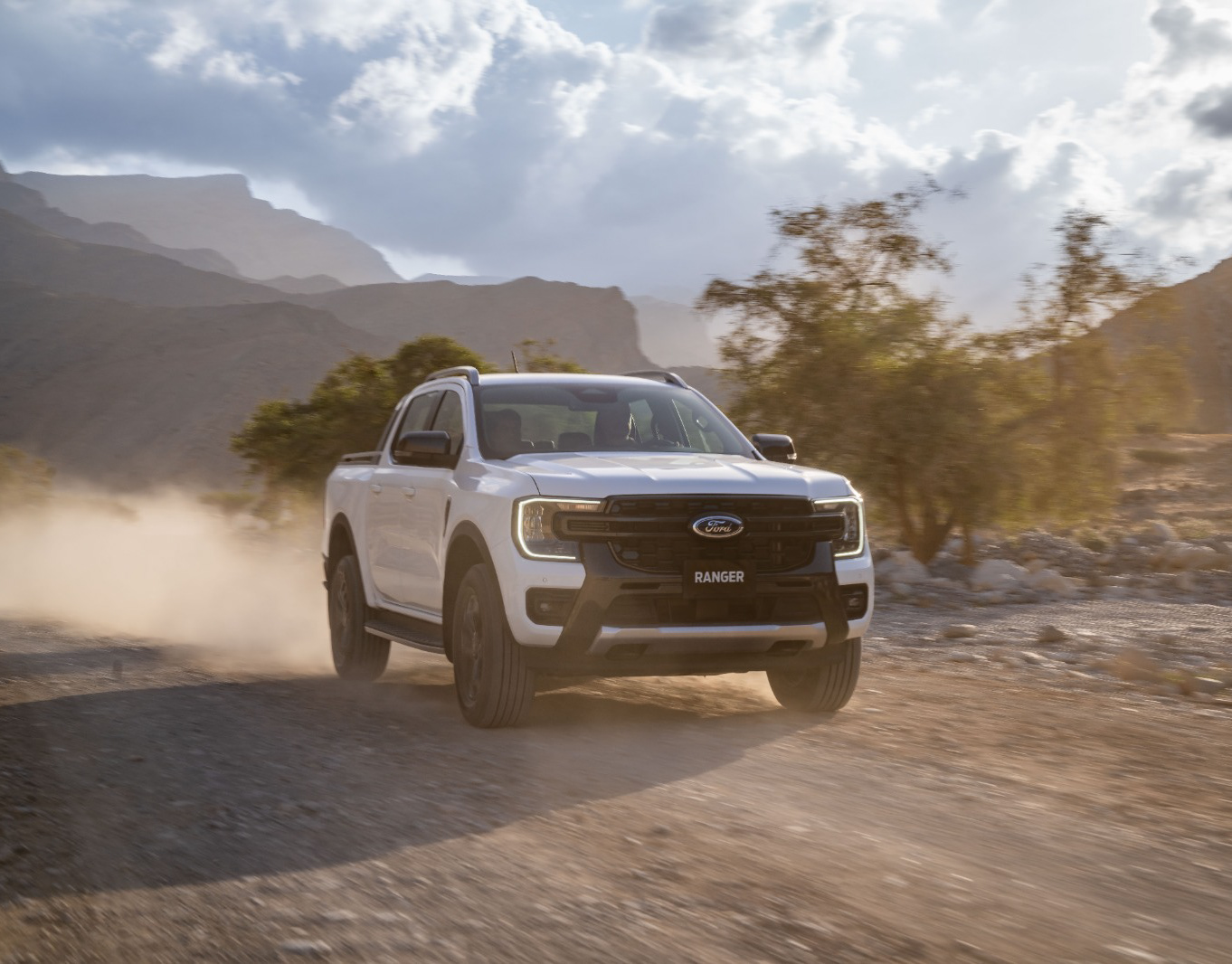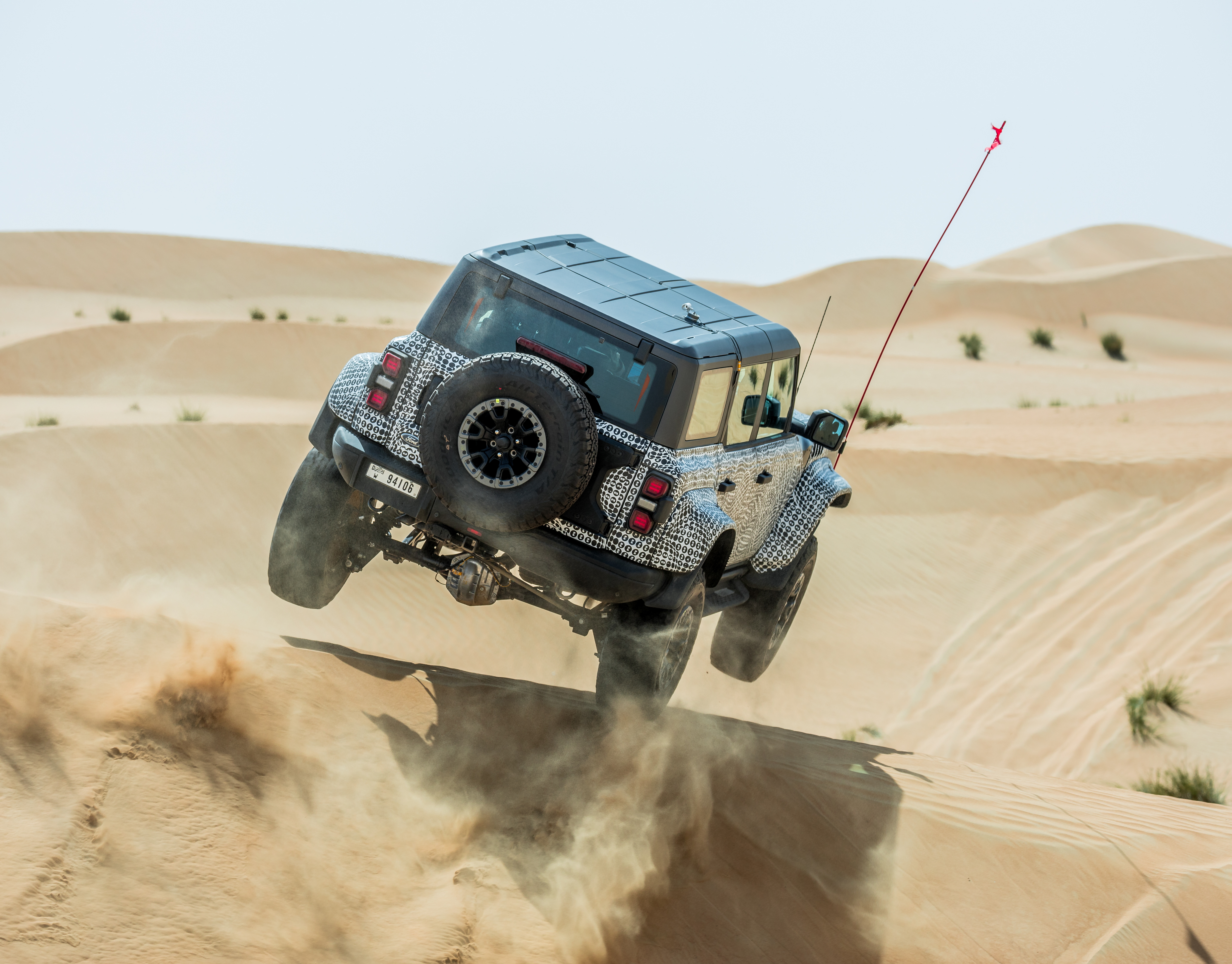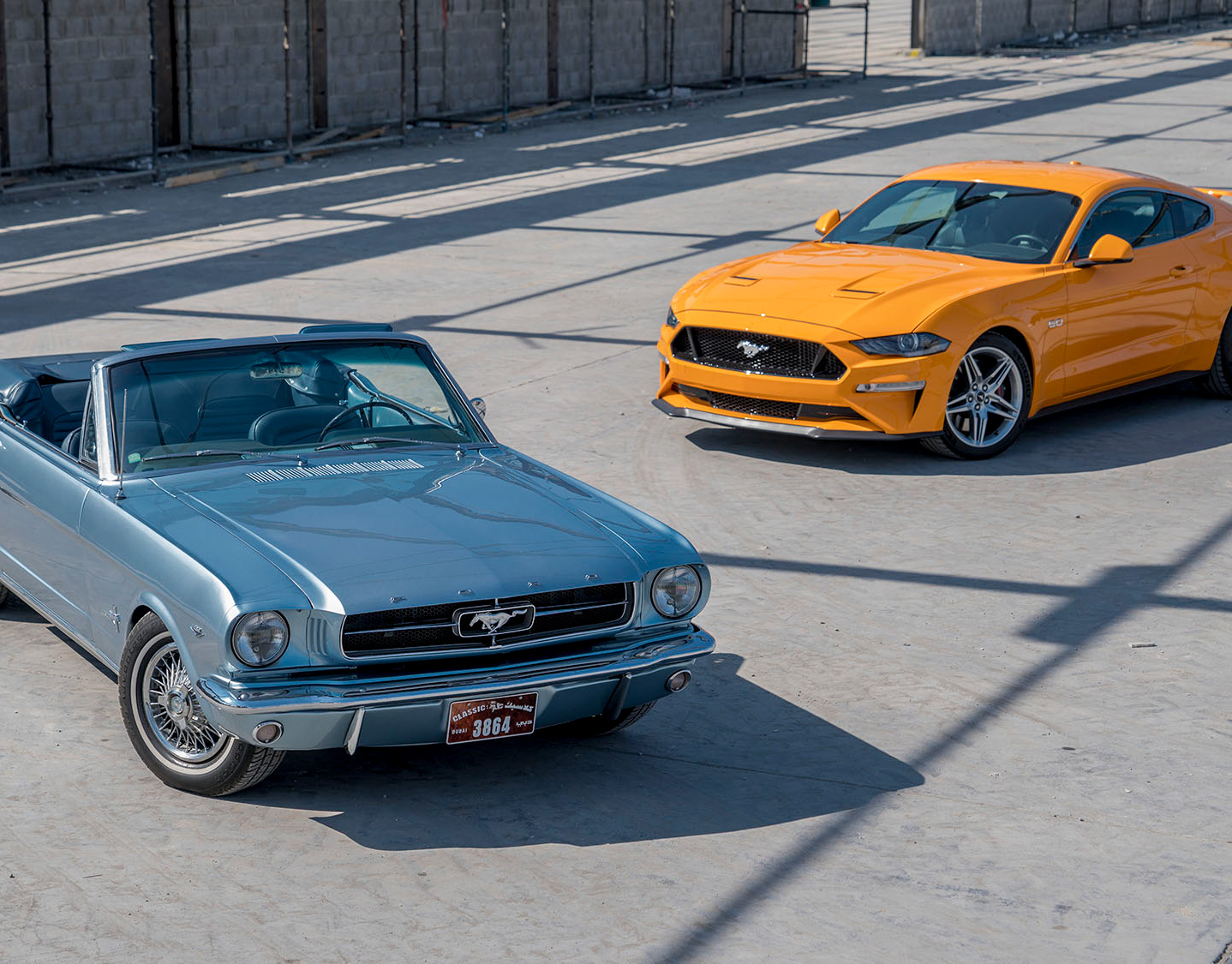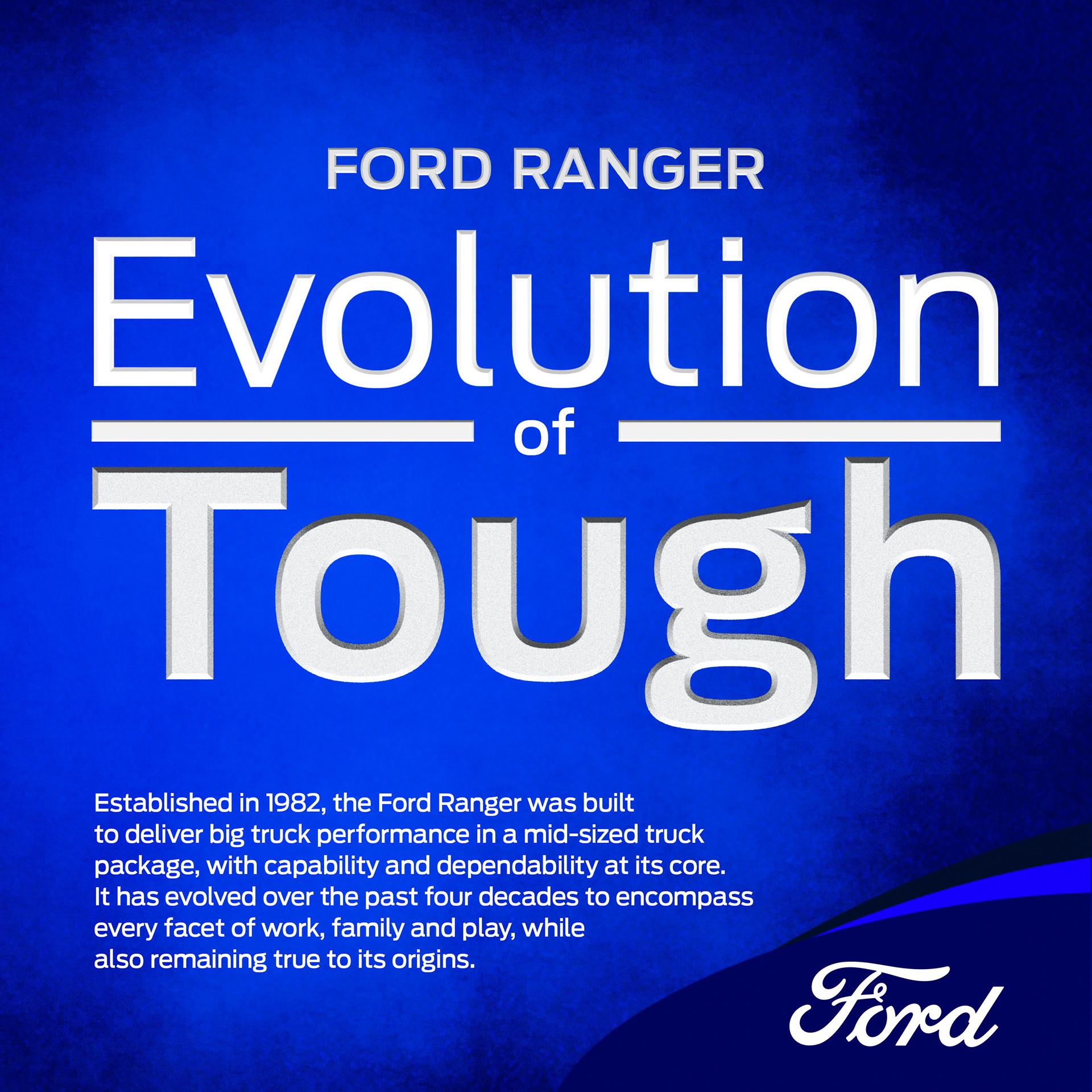
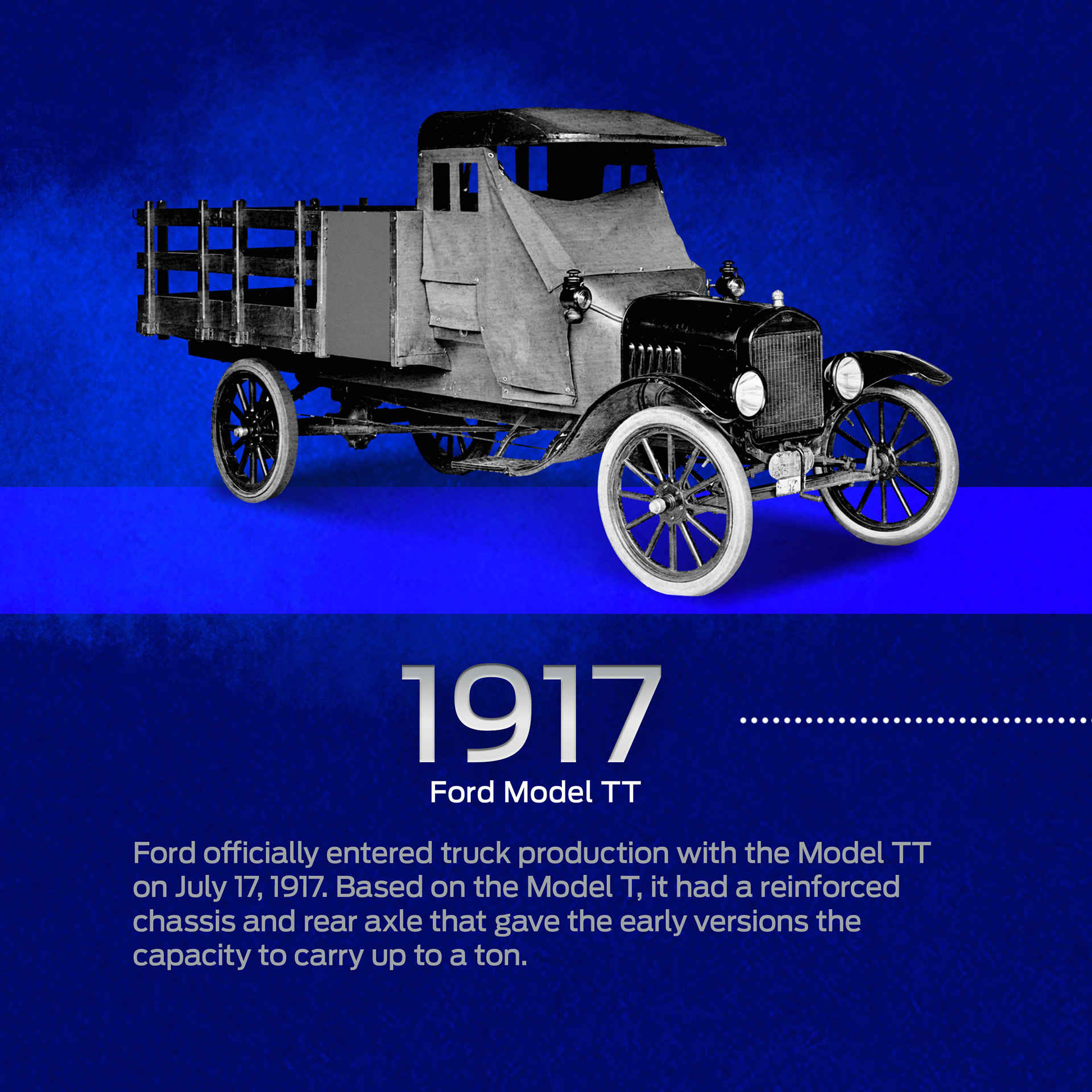
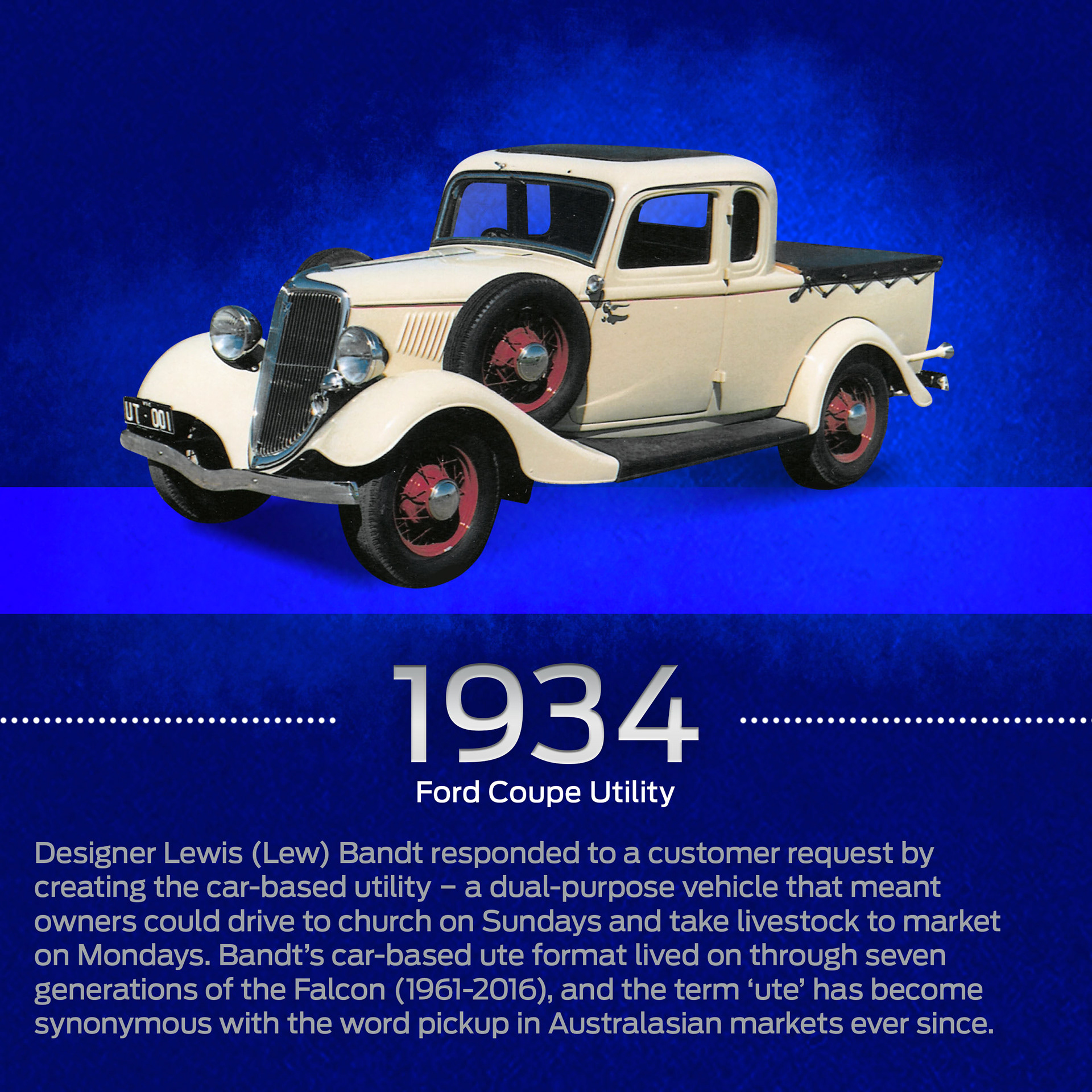
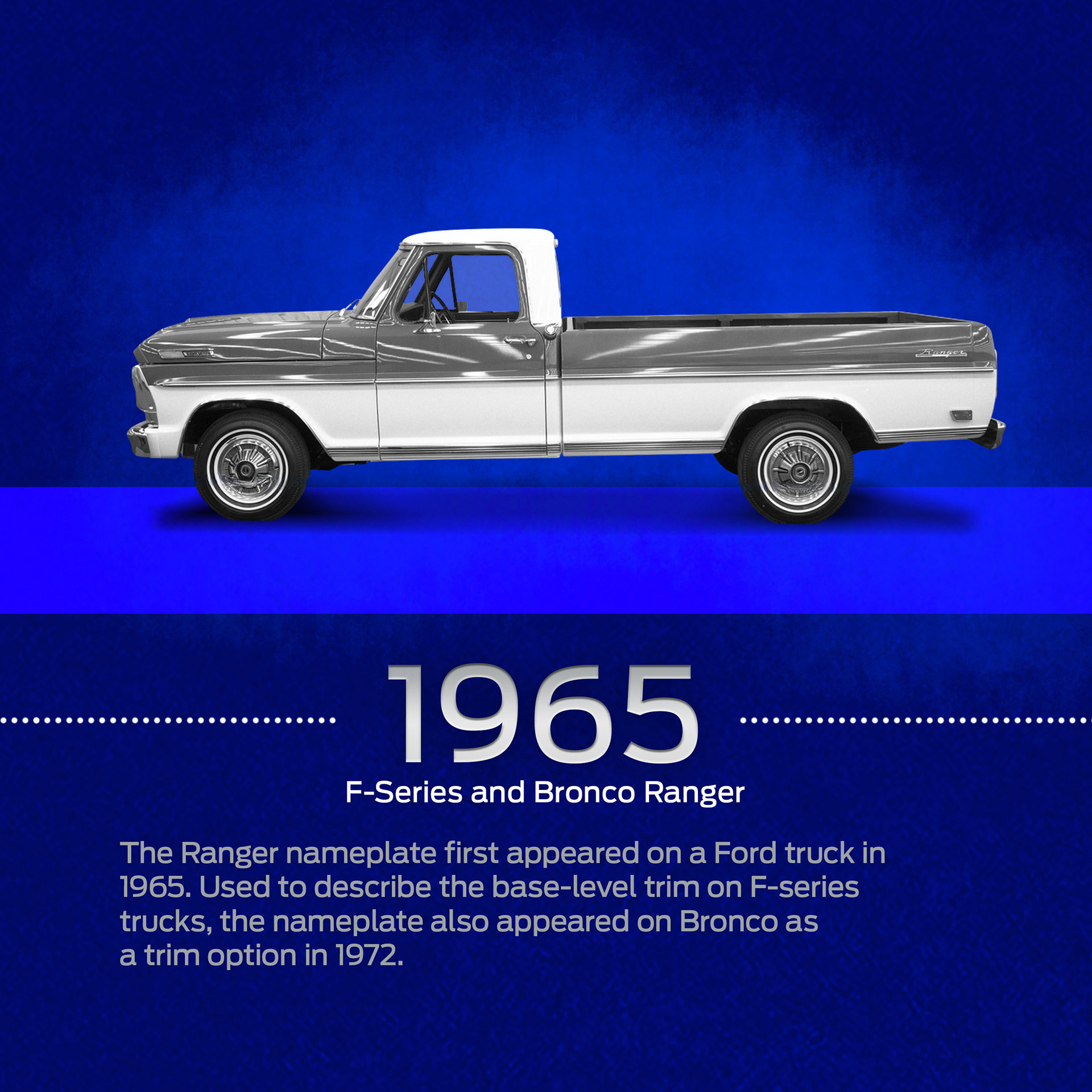
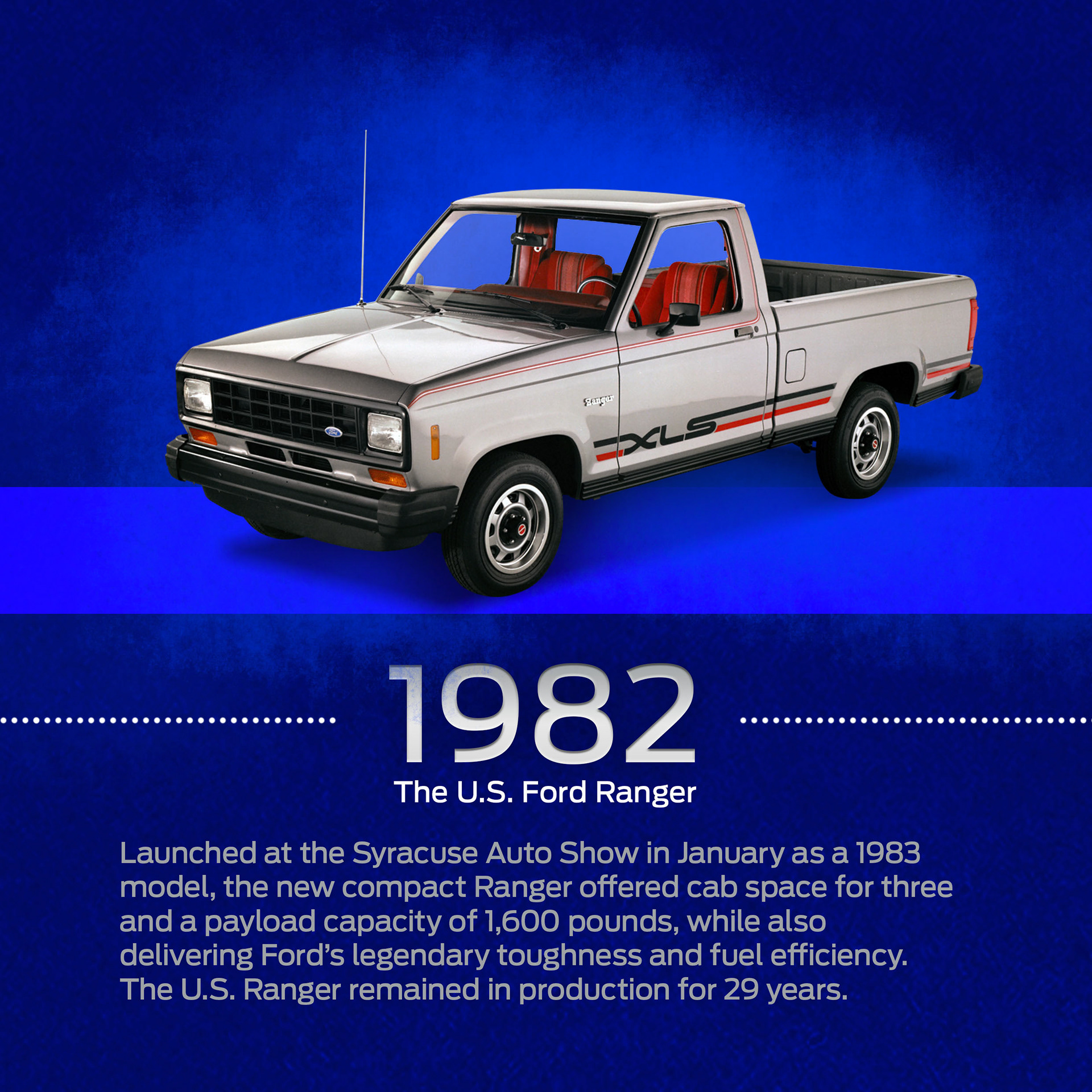
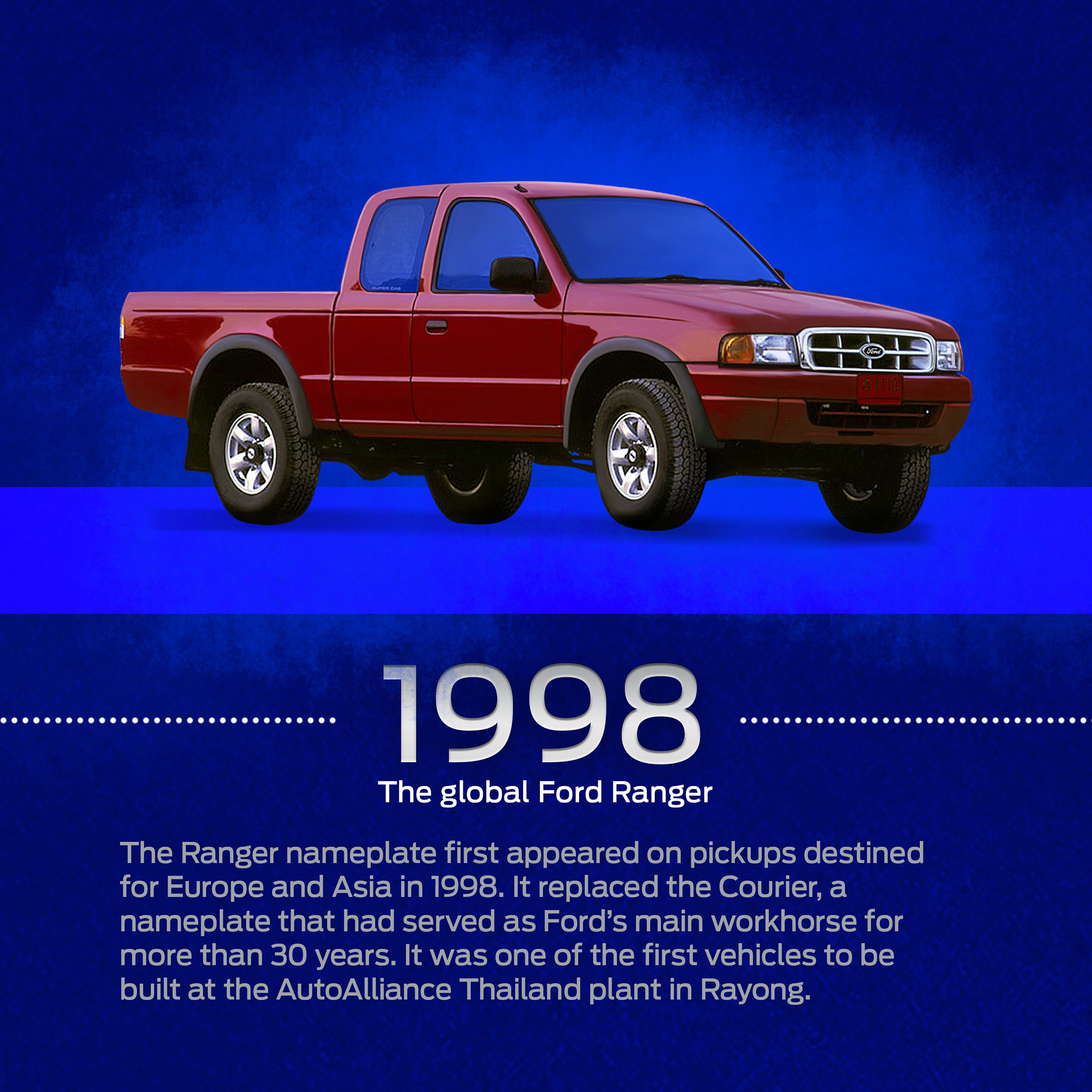
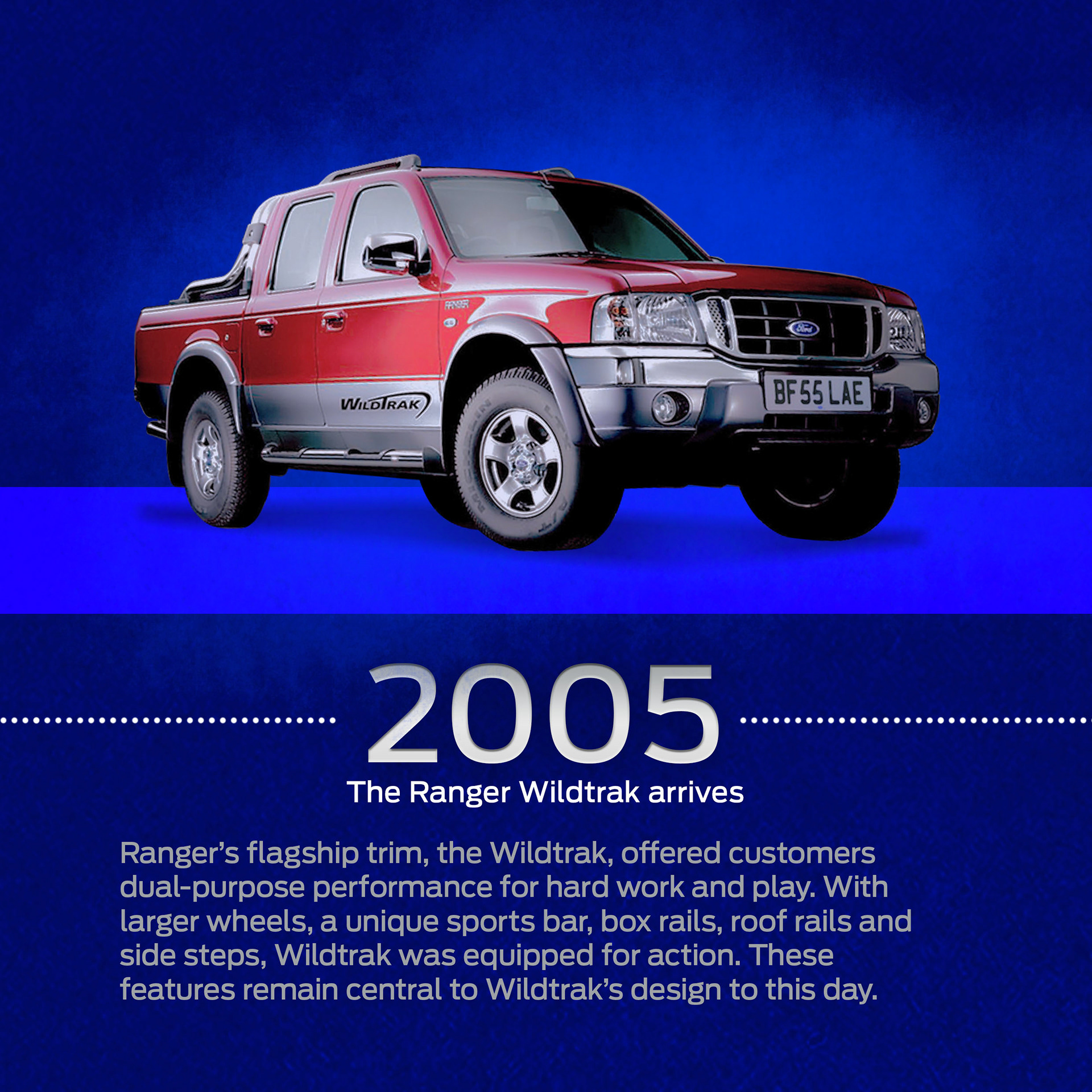
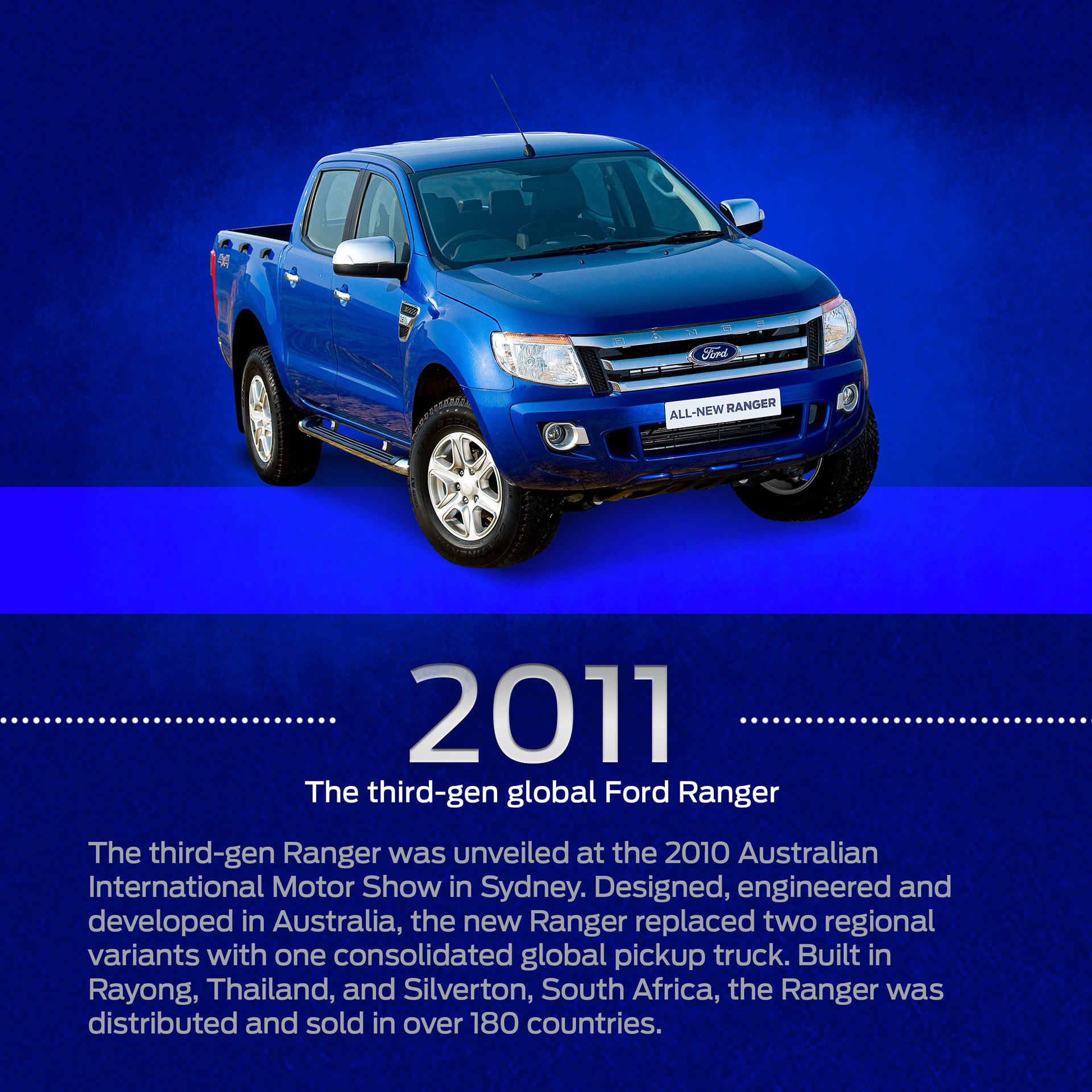
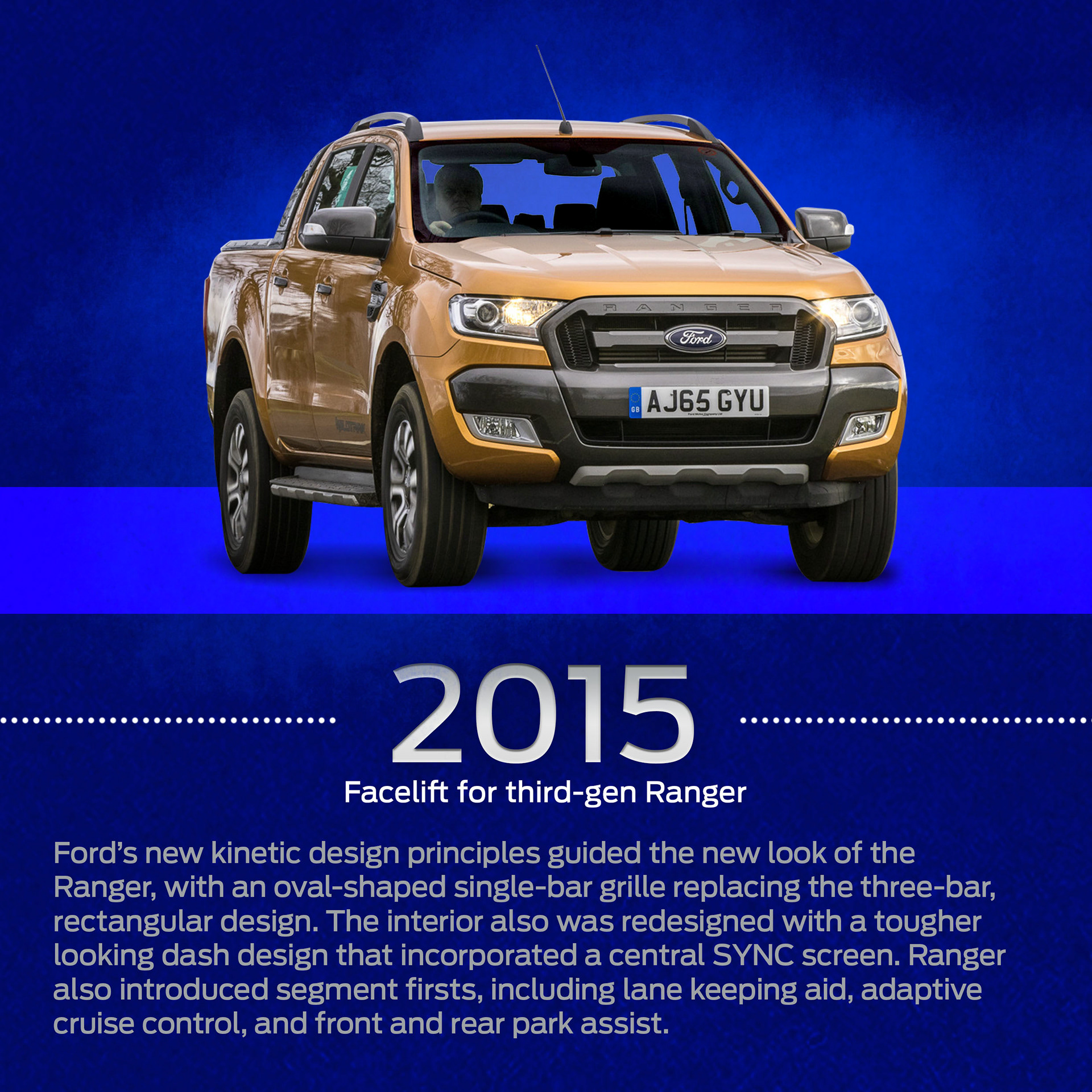
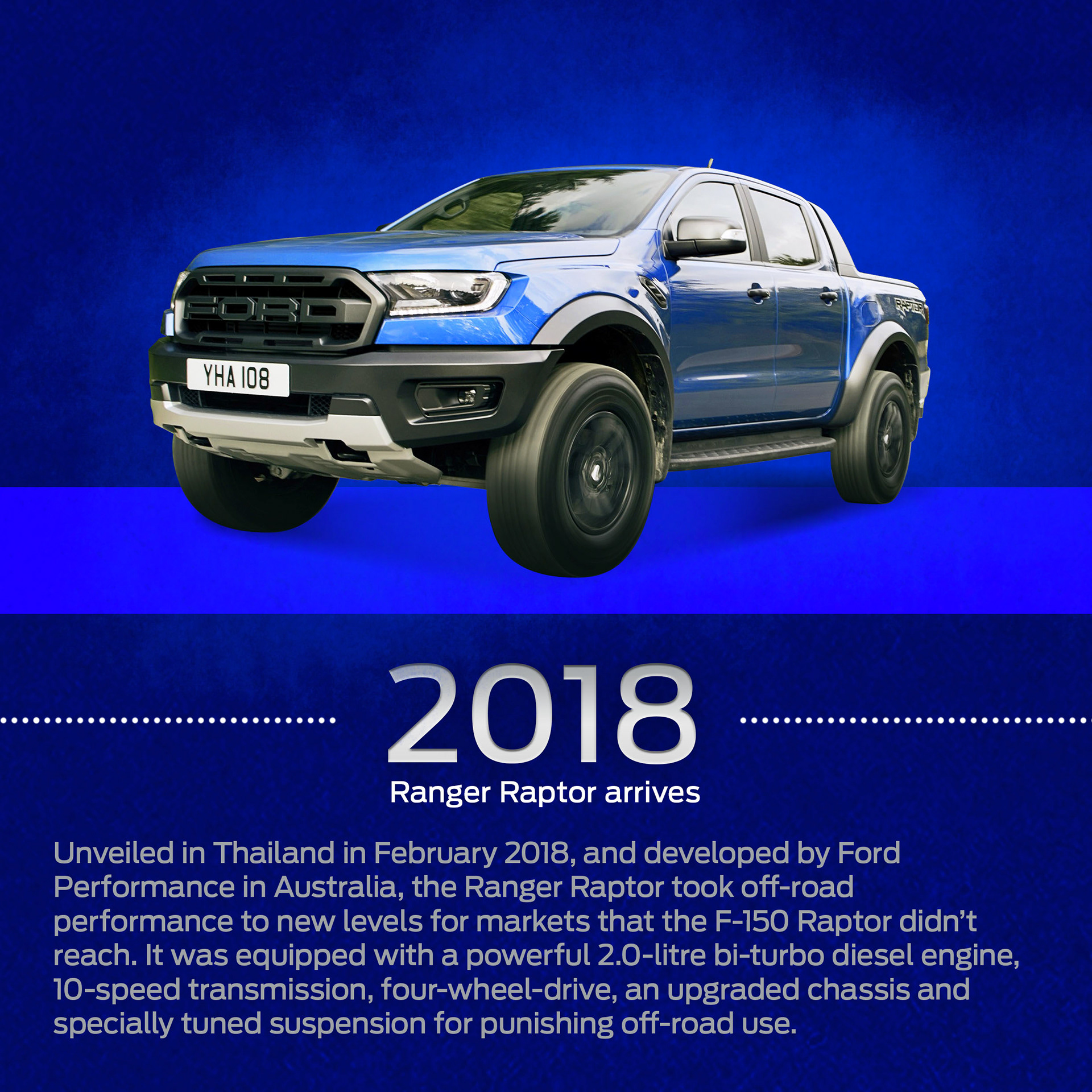
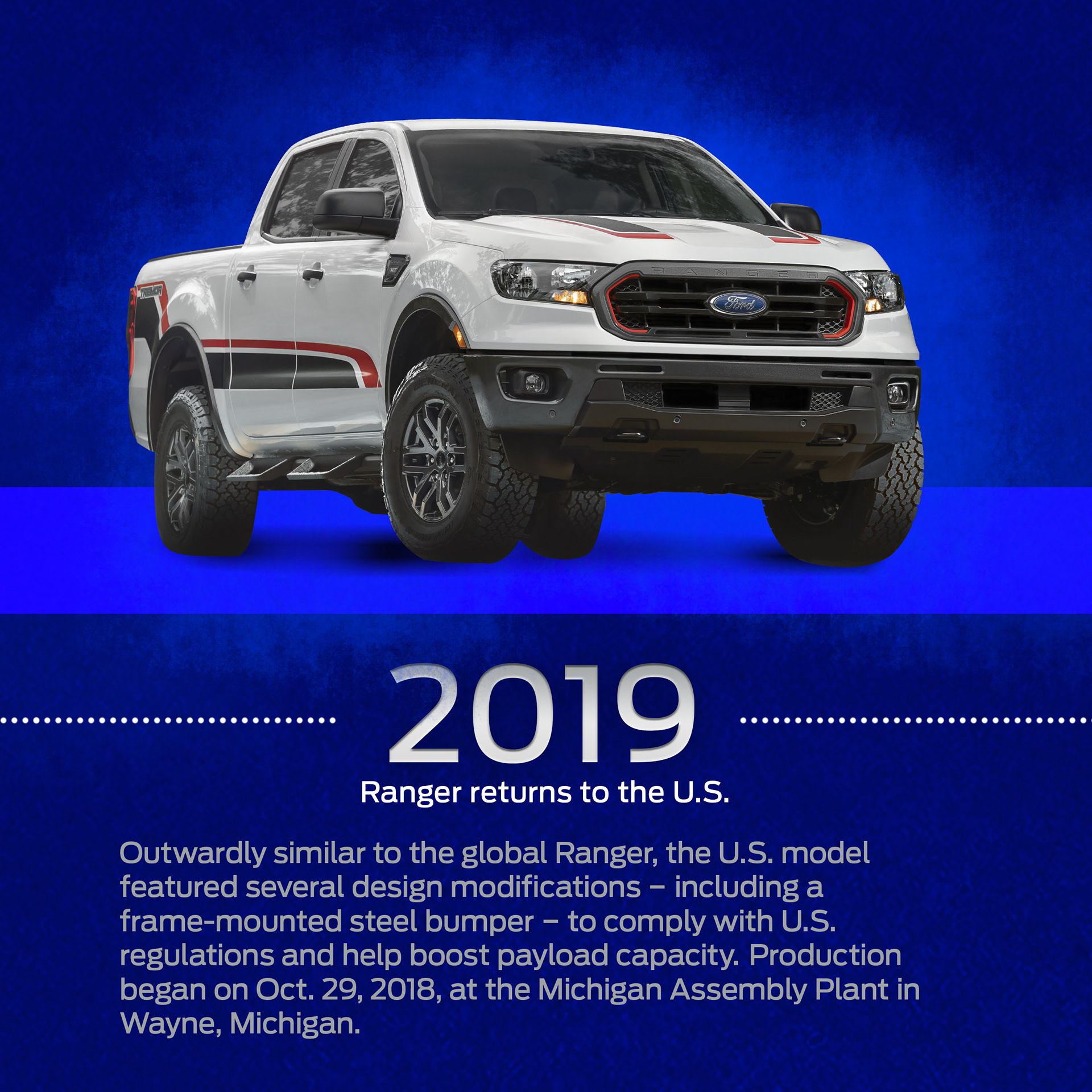
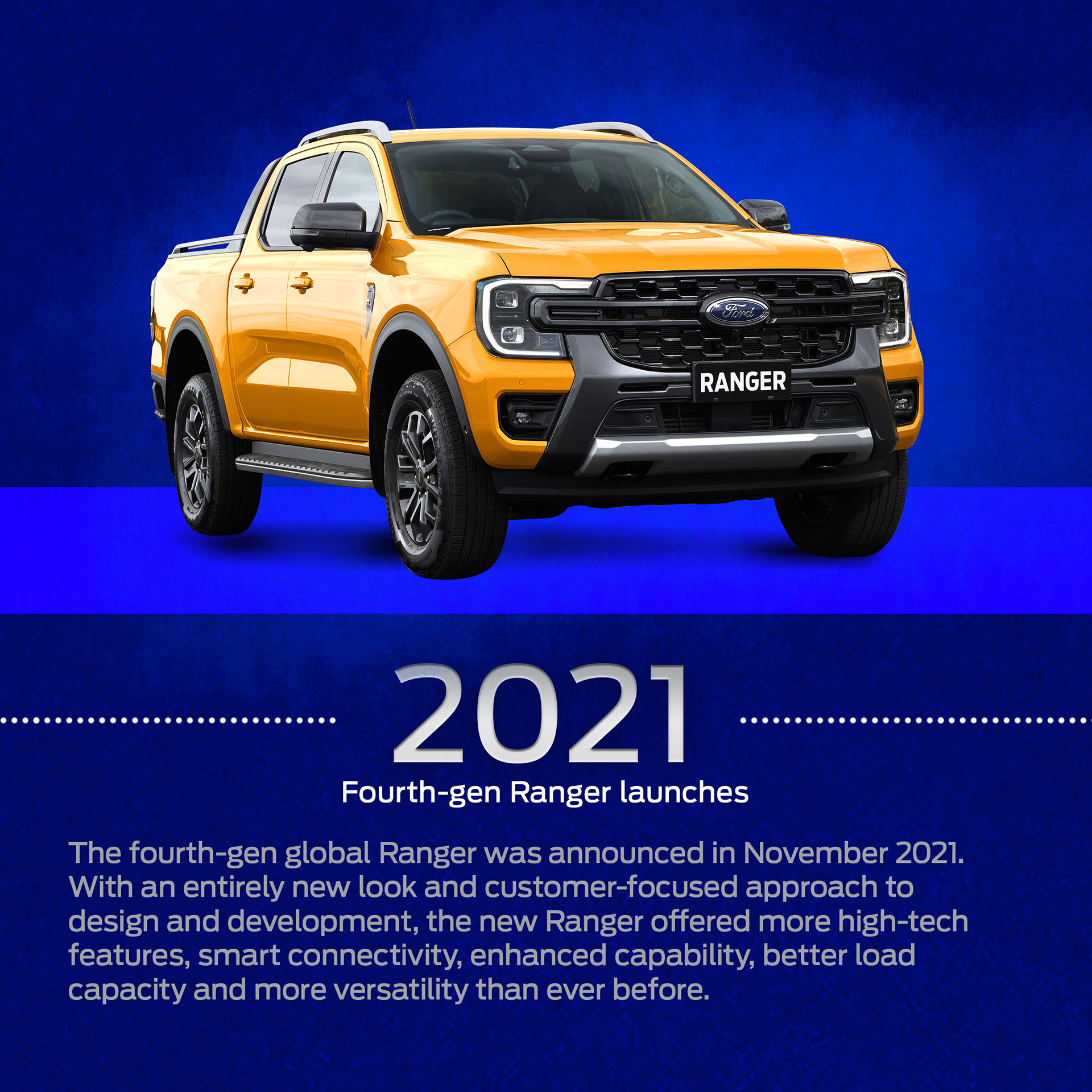
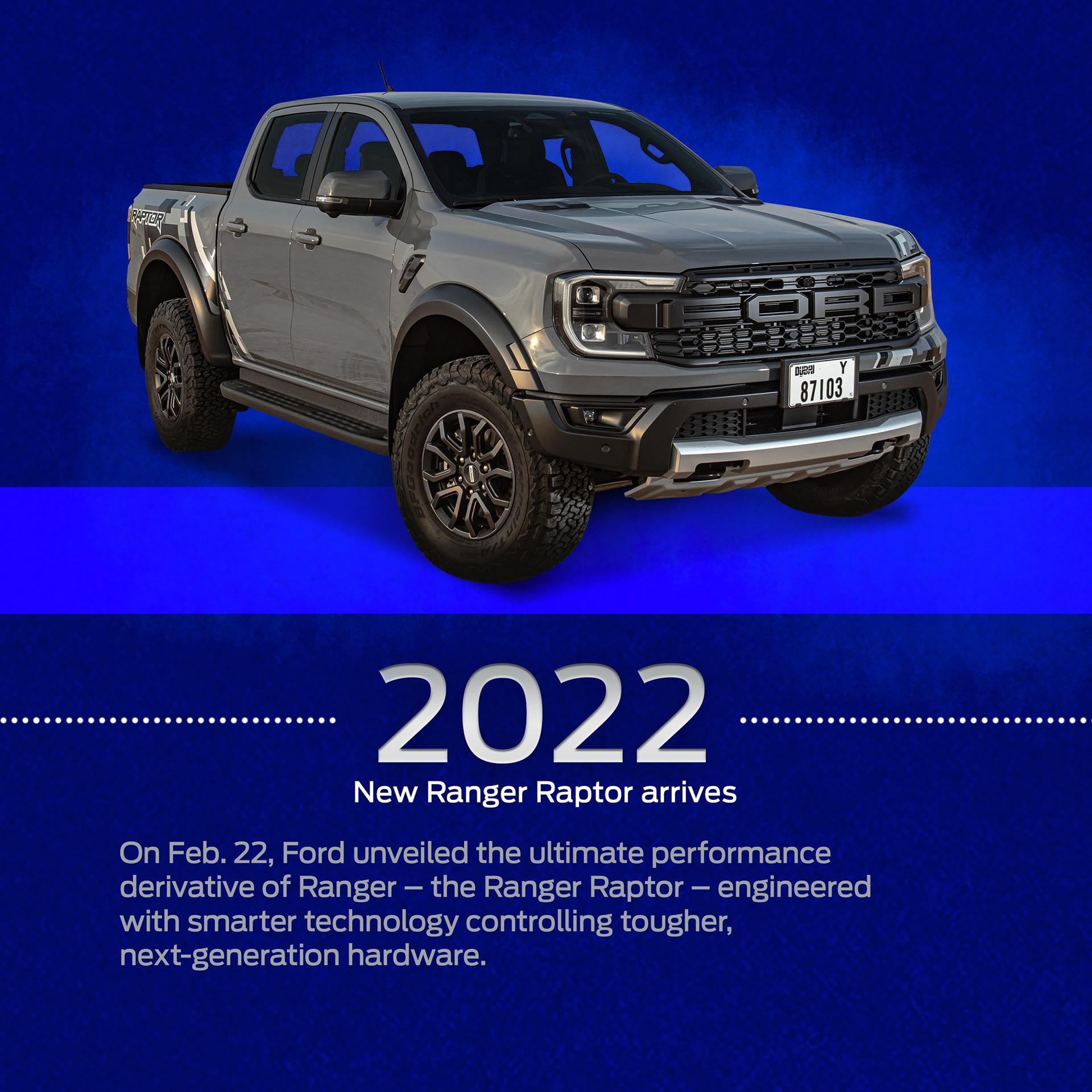
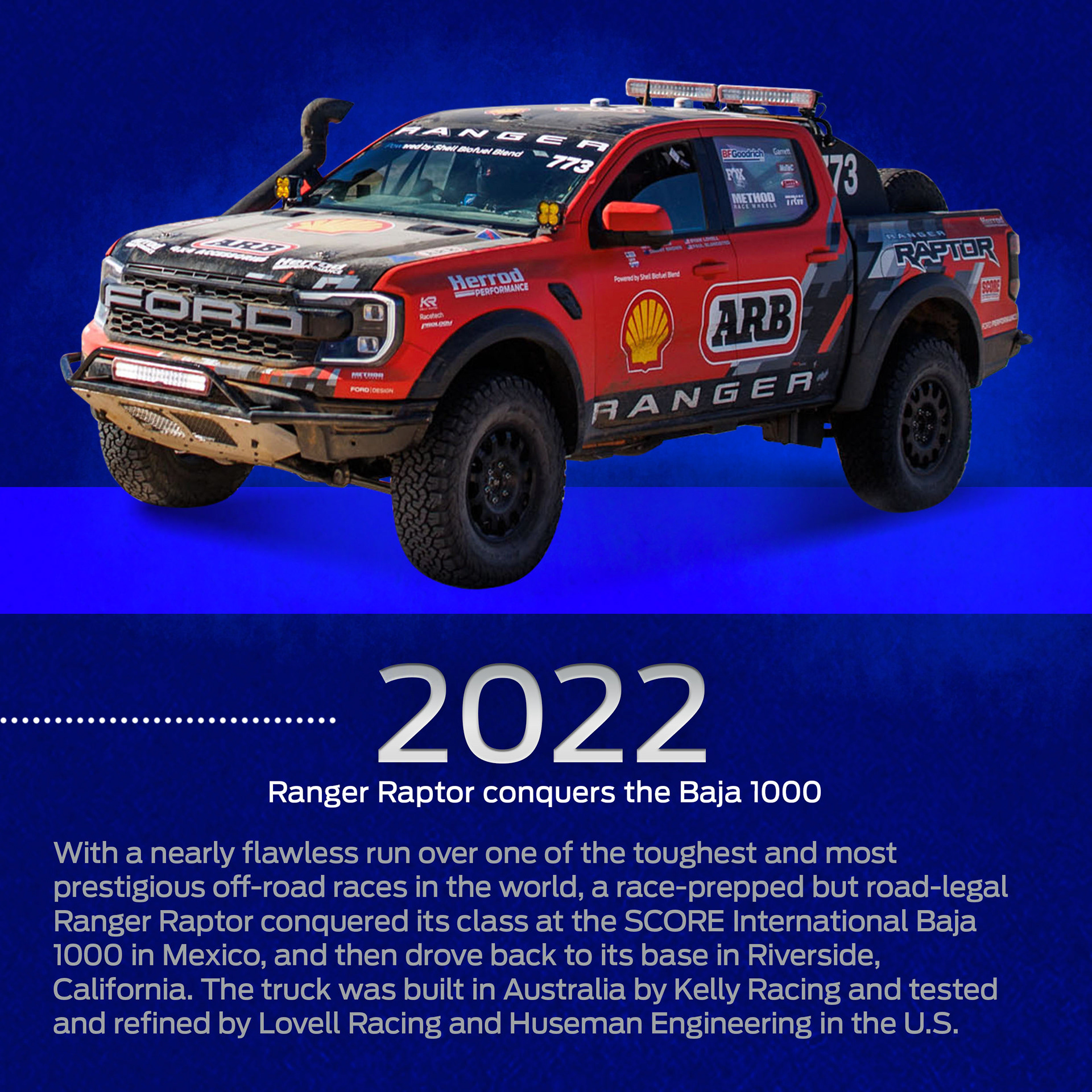
For more than 40 years, customers around the world have come to rely on the Ford Ranger’s dependability and capability to do more of what they love.
Revealed in the U.S. in 1982, the mid-sized Ranger was Built Ford Tough at its core, with new levels of affordability and efficiency that customers demanded. Four decades later, Ranger is an essential part of Ford’s winning global truck portfolio, selling in more than 180 markets around the world.
But where did it all start? Where did the Ranger name come from? And how has the Ranger evolved from its humble beginnings as a work truck to include smart features that enable owners to explore further and take on new challenges? Read on to discover more.
Ford’s truck history
Ford has been building trucks for more than 100 years – and even longer if you dig back to the origins of the company. In fact, the third vehicle that company founder Henry Ford ever built was a truck, back in 1900 – three years before the Ford Motor Company was incorporated.
Ford has been building trucks for more than 100 years – and even longer if you dig back to the origins of the company. In fact, the third vehicle that company founder Henry Ford ever built was a truck, back in 1900 – three years before the Ford Motor Company was incorporated.
Ford introduced light commercial vehicles as early as 1905, but it wasn’t until 1917 that Ford permanently entered the truck business with the Model TT. Based on the Model T, the TT had a reinforced chassis and rear axle that gave the early versions the capacity to carry one ton. ‘Built stronger to last longer’, the Model TT solidified Ford’s focus on dependable vehicles that were designed and engineered for hard work.
Since then, Ford trucks have helped forge nations and industries, growing over the course of a century into the world’s best-selling truck brand.
The evolution of the light pickup
In mid-1933, Hubert French, then managing director of the Ford Motor Company of Australia, received a letter from a farmer’s wife in Gippsland, Victoria. She wrote: “My husband and I can’t afford a car and a truck, but we need a car to go to church on Sunday and a truck to take the pigs to market on Monday. Can you help?”
In mid-1933, Hubert French, then managing director of the Ford Motor Company of Australia, received a letter from a farmer’s wife in Gippsland, Victoria. She wrote: “My husband and I can’t afford a car and a truck, but we need a car to go to church on Sunday and a truck to take the pigs to market on Monday. Can you help?”
French handed the letter to 23-year-old Lewis (Lew) Bandt, who immediately set about creating a dual-purpose vehicle that offered farmers and tradesmen the comfort of a car and an open cargo space for work when required.
Bandt’s take on the passenger car-based utility was considered revolutionary at the time. Until the early 1930s, many auto manufacturers and vehicle body builders had constructed wooden or metal ‘utility’ bodies on car chassis. Bandt’s design was different. He created his utility as a coupe (two-passenger, steel-paneled, glass-windowed car) with an integrated steel-paneled load carrying section at the rear. He blended the ‘pickup’ sides into a coupe body, which provided a cleaner profile and increased load area behind the cabin. The first production models rolled off the line in 1934, and between 1940 and 1954 more than 22,000 were sold.
The original Bandt-designed Ford ute paved the way for what has become some of the world’s biggest selling vehicles – the pickup or utility. Not only was it an Australian invention, but the concept has been exported to the world, reinterpreted by other manufacturers and has gained a legion of fans everywhere.
Bandt’s car-based ute format lived on over the years through seven generations of the Falcon (1961-2016), the South Africa market Bantam, and even the current U.S. market Maverick with its unibody design. Bandt's ute also lives on in another way: The term ‘ute’ has become synonymous with the word ‘pickup’ in Australasian markets ever since.
The Ranger story
The Ranger nameplate has been a part of Ford’s truck story for almost 60 years. It first appeared as a trim option on the fourth generation F-series pickup in 1965, then on the Bronco from 1972.
The Ranger nameplate has been a part of Ford’s truck story for almost 60 years. It first appeared as a trim option on the fourth generation F-series pickup in 1965, then on the Bronco from 1972.
The Ranger grew out of the U.S. market Ford Courier, a compact utility that Ford launched in 1972 and produced for a decade before introducing the all-new truck.
1982: The Ford Ranger in America
On Jan. 13, 1982, the first Ford Ranger made its public debut at the Syracuse Auto Show as a 1983 model. Despite the compact dimensions, the truck had space for three and offered a payload capacity of 1,600 pounds, while also delivering Ford’s legendary toughness and fuel efficiency.
Five days after its public debut, the first production model rolled off the Louisville, Kentucky, assembly line with employee and first-ever U.S. Ford Ranger owner Larry Melone behind the wheel. It was the start of a production journey that lasted 29 years and spanned three generations of U.S.-built Rangers.
In that time, Ranger became America’s best-selling compact pickup for 10 years running between 1987 and 1996. Ranger also built an enviable reputation in SCORE off-road racing, with four consecutive titles between 1984-87, and contributed to the success of Ford’s Rough Riders team between 1991-95.
1998: The global Ford Ranger
The Ranger nameplate first appeared on pickups destined for Europe and Asia in 1998. It replaced the Courier, a nameplate that had served as Ford’s main workhorse in the region for more than 30 years. Ranger was introduced with three cab styles, two wheelbase options and a selection of efficient, torquey engines. It was one of the first vehicles to be built at the AutoAlliance Thailand plant in Rayong.
The Ranger nameplate first appeared on pickups destined for Europe and Asia in 1998. It replaced the Courier, a nameplate that had served as Ford’s main workhorse in the region for more than 30 years. Ranger was introduced with three cab styles, two wheelbase options and a selection of efficient, torquey engines. It was one of the first vehicles to be built at the AutoAlliance Thailand plant in Rayong.
2005: Ranger Wildtrak arrives
Ranger’s flagship trim, the Wildtrak, offered customers dual-purpose performance for hard work and play. With larger wheels, a unique sports bar, box rails, roof rails and side steps, Wildtrak was equipped for action. These features remain central to Wildtrak’s design to this day.
Ranger’s flagship trim, the Wildtrak, offered customers dual-purpose performance for hard work and play. With larger wheels, a unique sports bar, box rails, roof rails and side steps, Wildtrak was equipped for action. These features remain central to Wildtrak’s design to this day.
2006: Second-generation Ford Ranger
With global truck family design cues and a choice of two common-rail diesel engines, Ranger established new benchmarks for work and dependability. At this time, the Courier name was dropped in Australasia. A facelift in 2009 introduced a new three-bar grille design and saw the flagship Wildtrak sports trim spread to more markets.
With global truck family design cues and a choice of two common-rail diesel engines, Ranger established new benchmarks for work and dependability. At this time, the Courier name was dropped in Australasia. A facelift in 2009 introduced a new three-bar grille design and saw the flagship Wildtrak sports trim spread to more markets.
2011: Third-generation Ford Ranger
The third-gen Ranger was unveiled at the 2010 Australian International Motor Show in Sydney. Designed, engineered and developed in Australia, this Ranger replaced two regional variants with one consolidated global mid-sized pickup truck. Billed as the most capable mid-sized pickup Ford had ever built, the all-new truck was produced in Rayong, Thailand, and Silverton, South Africa, and distributed to more than 180 countries.
The third-gen Ranger was unveiled at the 2010 Australian International Motor Show in Sydney. Designed, engineered and developed in Australia, this Ranger replaced two regional variants with one consolidated global mid-sized pickup truck. Billed as the most capable mid-sized pickup Ford had ever built, the all-new truck was produced in Rayong, Thailand, and Silverton, South Africa, and distributed to more than 180 countries.
2015: Facelift for third-gen Ranger
Ford’s new kinetic design principles guided the look of the facelifted Ranger, with an oval-shaped, single-bar grille replacing the three-bar, rectangular design. The interior also was redesigned with a tougher looking dash design that incorporated a central SYNC screen. Ranger also introduced segment firsts, including lane keeping aid, adaptive cruise control, and front and rear park assist.
Ford’s new kinetic design principles guided the look of the facelifted Ranger, with an oval-shaped, single-bar grille replacing the three-bar, rectangular design. The interior also was redesigned with a tougher looking dash design that incorporated a central SYNC screen. Ranger also introduced segment firsts, including lane keeping aid, adaptive cruise control, and front and rear park assist.
2016: Ford Thailand
Ford Thailand Manufacturing (FTM), opened in 2012, began production of the new Ranger to help keep pace with global demand.
Ford Thailand Manufacturing (FTM), opened in 2012, began production of the new Ranger to help keep pace with global demand.
2018: Ranger Raptor arrives
Unveiled in Thailand in February 2018, and developed by Ford Performance in Australia, the Ranger Raptor took off-road performance to new levels for markets the F-150 Raptor didn’t reach. With a powerful 2.0-litre bi-turbo diesel engine, 10-speed automatic transmission, four-wheel drive, an upgraded chassis, and specially tuned FOX shocks for punishing off-road use, Ranger Raptor delighted owners and journalists alike.
Unveiled in Thailand in February 2018, and developed by Ford Performance in Australia, the Ranger Raptor took off-road performance to new levels for markets the F-150 Raptor didn’t reach. With a powerful 2.0-litre bi-turbo diesel engine, 10-speed automatic transmission, four-wheel drive, an upgraded chassis, and specially tuned FOX shocks for punishing off-road use, Ranger Raptor delighted owners and journalists alike.
2019: Ranger returns to the U.S.
Outwardly similar to the global Ranger, the U.S. model featured several design modifications – including a frame-mounted steel bumper – to comply with U.S. regulations and help boost payload capacity. Production began on Oct. 29, 2018, at the Michigan Assembly Plant in Wayne, Michigan.
Outwardly similar to the global Ranger, the U.S. model featured several design modifications – including a frame-mounted steel bumper – to comply with U.S. regulations and help boost payload capacity. Production began on Oct. 29, 2018, at the Michigan Assembly Plant in Wayne, Michigan.
2021: Fourth-gen Ranger launches
The fourth-generation global Ranger was announced in November 2021. With an entirely new look and customer-focused approach to design and development, the new Ranger featured more high-tech features, smart connectivity, enhanced capability, better load capacity and more versatility than ever before. The global Ranger project was led by Ford’s design and engineering team in Australia, with support from product development teams and expertise from Ford’s global network of engineers and designers.
The fourth-generation global Ranger was announced in November 2021. With an entirely new look and customer-focused approach to design and development, the new Ranger featured more high-tech features, smart connectivity, enhanced capability, better load capacity and more versatility than ever before. The global Ranger project was led by Ford’s design and engineering team in Australia, with support from product development teams and expertise from Ford’s global network of engineers and designers.
2022: New Ranger Raptor arrives
On Feb. 22, Ford unveiled the ultimate performance derivative of Ranger – the Ranger Raptor – engineered with smarter technology controlling tougher, next-generation hardware.
On Feb. 22, Ford unveiled the ultimate performance derivative of Ranger – the Ranger Raptor – engineered with smarter technology controlling tougher, next-generation hardware.
2022: Ranger Raptor conquers the Baja 1000
With a nearly flawless run across one of the toughest and most prestigious off-road races in the world, a race-prepped but road-legal Ranger Raptor conquered its class at the SCORE-International Baja 1000 race in Mexico and then drove back to its base in Riverside, California. The truck was race prepared in Australia by Kelly Racing and tested and refined by Lovell Racing and Huseman Engineering in the U.S.
With a nearly flawless run across one of the toughest and most prestigious off-road races in the world, a race-prepped but road-legal Ranger Raptor conquered its class at the SCORE-International Baja 1000 race in Mexico and then drove back to its base in Riverside, California. The truck was race prepared in Australia by Kelly Racing and tested and refined by Lovell Racing and Huseman Engineering in the U.S.
2023: Ranger continues to evolve
Ford introduced new innovations, such as the Flexible Rack System and Trail Turn Assist, to help Ranger customers use their truck in new and exciting ways.
Ford introduced new innovations, such as the Flexible Rack System and Trail Turn Assist, to help Ranger customers use their truck in new and exciting ways.
Footnote: The new Ford Ranger was designed, developed and engineered in Australia. It is built in Rayong, Thailand (at both the AutoAlliance Thailand plant and Ford Thailand Manufacturing facility), and in Silverton, Pretoria (Ford South Africa), and is sold in more than 180 countries.
